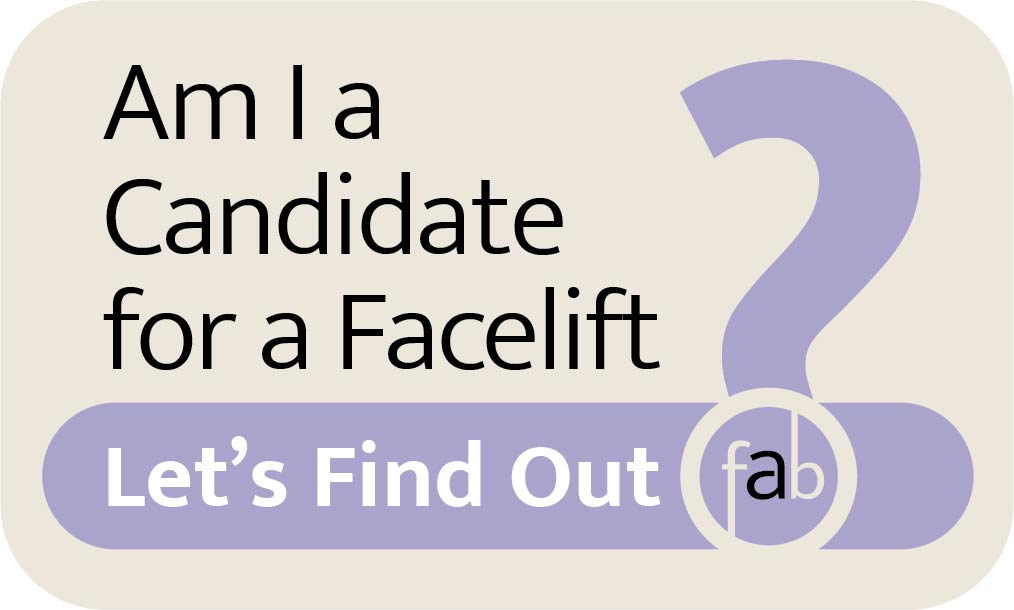Did you know that the sun can damage your skin after only 15 minutes of exposure? All too often people ignore the damaging effects of UV rays for a day of fun in the sun.
The result is damaged skin with symptoms like wrinkles, sun spots, or melasma. If you suffer from this type of damage, then you know that it doesn’t just hurt your health. It can also affect your confidence levels.
So, is there anything you can do to get your skin back to the way it used to be? There are types of sun-damaged skin treatments that can reverse the physical effects of UV rays.
In this article, we’ll go over them, as well as preventive measures for future sun damage. First, let’s take a look at the specific skin symptoms caused by the sun.
What Does Sun Damage Do to the Skin?
Often we associate skin damage with a variety of factors — not enough sleep, stress, too much alcohol. The sun is without a doubt the most powerful factor when it comes to premature aging.
One study found that 80 percent of skin damage is caused by prolonged exposure to the sun’s ultraviolet rays. These UV rays affect the very DNA in our skin cells.
This type of damage can cause surface-level changes like sunburn, freckles, uneven skin tones, and wrinkles. However, it can also cause more advanced problems like:
Melasma
Melasma is a skin condition that is much more popular in women than men. It’s characterized by dark patches around the skin — usually darker than your usual skin tone.
These symmetrical marks usually occur around the cheeks, chin, nose, and forehead. However, it can also be found on the arms and necks of individuals
Sunspots
Sunspots are flat areas of discoloration that can be brown or tan-ish. They usually appear on an individual’s faces or any area that gets a lot of exposure to the sun. This type of condition is noncancerous and doesn’t pose a risk to your health.
However, some people prefer to treat them for cosmetic purposes. The condition is much more likely to affect older individuals who are over the age of 40. However, it may affect younger people who are exposed to the sun for long periods daily.
Solar Lentigines
A Solar Lentigo is a patch of dark skin that occurs from prolonged exposure to UV rays. While the condition is usually harmless, it can be unsightly for some individuals.
What causes it?
A buildup of melanin in the skin cells. The patch is usually an irregular oval shape. It can also be scaly.
The condition is much more likely to affect older individuals who are over the age of 40.
Skin Cancer
Skin cancer is the uncontrollable growth of cells caused by exposure to the sun. There are three main types of skin cancer: basal cell carcinoma, squamous cell carcinoma, and melanoma.
If you suspect that you have any type of skin cancers, then you should seek treatment immediately. Early detection is the key to successfully beating the disease. You can learn more about them through this guide here.
How Can You Prevent Sun Damage?
Prevention methods are preferable to sun damage reversal methods for a lot of reasons. For one thing, they’re a lot cheaper. They also help protect skin at the source, instead of dealing with the aftermath of the damage.
Before we go into the different types of laser treatment for sun damage we first want to go over prevention methods. That way you can keep your skin beautiful for as long as possible.
1. Use Sunscreen Whenever You Go Out
It’s impossible to avoid the sun completely. However, you can protect yourself by regularly applying sunscreen whenever you go out. You should especially wear sunscreen if you use acne or scar healing topical products.
Many of these solutions can make your skin even more sensitive to the sunlight. Generally, we recommend a sunscreen with at least 30 SPF. However, you may want to go higher if you spend all day outdoors in the summer.
You should also look for a water-resistant product if you plan on sweating or getting in the water while outside.
2. Cover Up on Extra Sunny Days
Besides sunscreen, your next best preventative defense against UV rays is shade. You can get this by sticking to umbrellas, trees, and canopies while outside. However, we also recommend you wear hats, sunglasses, and long-sleeved clothing.
Ideally, you should get a long-brimmed hat. This will provide the optimal amount of protection to your face, shoulders, and neck. However, if you’re just going outside for 10 minutes, then you may not need to wear any sun protection.
A little bit of sunlight each day can help our cells produce vitamin D, which has a whole lot of health benefits.
However, the key here is moderation. A few times a week for five to ten minutes is fine. Yet, anything longer than 15 minutes requires sunscreen and skin protection.
3. Try Some Topical Treatments
If you’re worried about hyperpigmentation and other skin damage conditions, then look to topical treatments for help. Ingredients like niacinamide, azelaic acid, and topical retinoids can also reduce the discoloration caused by sun damage and acne.
They can also have natural antioxidant benefits. This means that your skin becomes more elastic and less wrinkled the more that you use them. However, there is an important caveat.
You must wear sun protection if you’re going to use any of these ingredients. Otherwise, they will make your skin more sensitive to the sunlight. In the long run, this will do much more harm than good.
Sun Damaged Skin Treatments for Skin That’s Already Affected
As we mentioned, it’s easier to prevent sun damage than it is to treat it. Don’t give up hope! They’re plenty of procedures that can reverse some of the damage caused by too much exposure to the sun.
Here at Atlanta Face and Body, we offer four skin treatments for dealing with sun damage. They include laser skin resurfacing, fraction laser resurfacing, photofacials, and microneedling.
In addition to sun damage, these procedures can also help with acne, age spots, and redness. In this section, we’ll briefly describe each of them so you can decide which one’s right for you.
Laser Skin Resurfacing
With laser skin resurfacing we use precise laser beams to remove accumulated skin damage. The procedure works best at combating acne scars, sun spots, wrinkles, and fine lines.
How does it work?
By targeting the upper dermis and epidermis of the affected area. The laser burns away skin micro tunnels in certain patterns. However, we leave small bridges of skin unaffected during the resurfacing to help with healing.
Does the process require sedation? It depends on the size of the job. For smaller treatments, a combination of local and topical anesthetics is usually enough. However, for larger, full-face treatments we rely on IV sedation.
Laser skin resurfacing is a quick procedure, usually lasting no more than 15 to 45 minutes. Recovery time will take longer; between three to seven days. During this time your skin may look slightly sunburnt.
However, as long as you keep your skin moist and sunscreen, then it will heal properly. You should also limit your sun exposure for roughly eight weeks.
If all goes well, then the result is younger-looking skin that’s tight and smooth. If you’re interested in laser resurfacing, then you can learn more from our guide here.
Fractional Laser Resurfacing
Fractional laser resurfacing is a less invasive process and it comes with slightly shorter recovery time. Unfortunately, the results may not be as noticeable as traditional laser resurfacing.
We recommend the procedure for people with sun damage, acne scars, wrinkles, and age spots. So how does the process work? Like laser resurfacing micro channels of damaged skin tissue are removed, this time with a fractionated carbon dioxide laser.
This tool removes parts of the epidermis and penetrates the papillary dermis area. As the area heals over time new collagen and elastin create smoother skin and fewer wrinkles.
This type of procedure involves less discomfort, so sedation typically isn’t required. The treatment usually takes between thirty minutes and an hour depending on the size of the job.
Healing usually takes between three to seven days, with a minor sunburn appearance lasting for a few weeks. You will need to apply ointment to keep it moisturized.
The final result is skin with smoothed over wrinkles and improved tone/texture. If you’re interested in fractional laser resurfacing, then you can learn more from our guide here.
Photo Facials
Photo facials are an ideal, non-invasive method for improving the brightness and tone of your skin. We recommend the procedure for people with sun damage or age spots that darken the complexion of their skin.
The treatment is also ideal for people with puffy red skin because it reduces the number of capillaries in your nose and cheeks. It can be performed on any part of the body, except the eyelids and the area above them.
However, it’s important to note that the procedure isn’t for everyone. Photo facials can sometimes cause discoloration in people with tan skin or dark tones.
So how does the procedure work?
A tool is used to emit broad-spectrum light over the surface of your skin. This light works on the deeper layers on your skin by removing sun damage, impurities, and broken capillaries.
Usually, multiple photo facial treatments are recommended, but you can notice a difference after one session. One of the biggest pluses that come with photo facials is there is no recovery time needed.
That means you can get back to your daily routine right away. If you’re interested in photo facials, then you can learn more from our guide here.
Microneedling
Like fractional laser resurfacing, micro-needling is a rejuvenating process that promotes the growth of collagen. However, unlike laser resurfacing, it has much less downtime needed after the procedure. We recommend the procedure for anyone with the following symptoms:
- Wrinkles
- Stretch marks
- Large pores
- Sunspots
- Fine lines
- Saggy skin
So how does the process work? A series of punctures are made on the skin with very fine needles. Then, topical treatments are placed on the skin.
Due to the deep channels, the topical treatments can feed the underlying cells instead of being trapped on the surface.
Topical anesthesia is usually administered to deal with the pain during the procedure. Typically microneedling is spread out over multiple procedures. These treatments are usually performed every four to six weeks.
Recovery time for micro-needling is very quick. There may be some slight redness and puffiness in the first 24 hours. Besides that, there is no downtime. Patients may notice improvements to skin tone and texture after the first procedure.
However, for lasting effects, we recommend multiple treatments. If you’re interested in micro-needling, then you can learn more from our guide here.
Ready to Reverse Your Skin’s Sun Damage? Contact the Atlanta Face and Body
We hope this article helped you learn more about the different types of sun-damaged skin treatments. If you’re ready to learn more about them, then we highly recommend visiting Atlanta Face and Body.
We’re an AAAHC accredited establishment that helps individuals rediscover the beauty in themselves. Our non-surgical laser skin resurfacing can help change your skin within an hour.
Even if you don’t live in the Atlanta area, our center is within easy access to the Atlanta airport or metro area.
We also offer special rates to local hotels for out-of-town patients. So what are you waiting for? Request a free, virtual consultation today, and get started changing your life.









